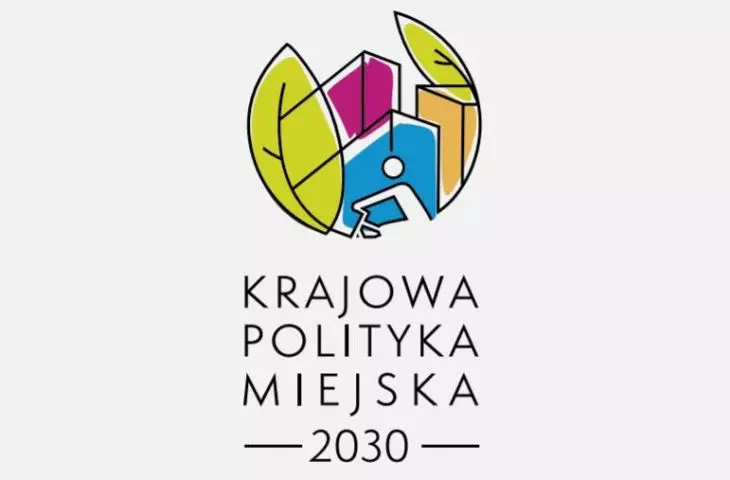This year's January is a time of important consultations. We have already informed you about the ministerial survey on changes in urban planning. Meanwhile, until the end of the month you can give your opinion on the draft National Urban Policy 2030. The authors of the document emphasize compactness, greenery, use of existing resources and long-term complementary measures.
We learned about the draft of the new National Urban Policy 2030 (NPM) in late December. The Ministry of Funds and Regional Policy published it on its website. Comments on the document can be submitted online until January 31 in a special online form. The purpose of the NPM is to outline a long-term vision for the development of Polish cities and urban centers, but also to bring about such a modification and unification of existing regulations that activities will be easier and more consistent. The NPM reads that:
the role of the document should be treated primarily as an initiator and integrator of activities of entities of various levels - from national to local for the implementation of goals and visions for the development of cities and functional areas.
As the authors announce, the urban policy mentioned in the Law on the Principles of Development Policy from 2026 will be included in the catalog of public policies of the document. We read that by that time there will be a "draft comprehensive law regulating urban policy issues as broadly as possible."
six and eleven
What are the priorities of the new NPM? The document presents eleven development challenges and sets six goals for a long-term vision of urban development. Climate, environmental and transportation issues are very strongly present: including developing green spaces, low-carbon mobility, reducing resource consumption, and - of course - spatial order:
in spatial cohesion and harmony they [Polish cities] see development opportunities and rationalization of operating costs.
The aspect of economic revitalization of cities resonates somewhat less strongly, although it is, of course, also included in the NPM.
The main goal of the NPM is formulated as most such slogans are. It speaks of strengthening "the ability of cities and urban functional areas to develop sustainably and improve the quality of life of their residents." It is, however, made more specific by the more substantive individual development goals: the green city, the smart city, the productive city, the accessible city, the efficient city, and - which fits strongly with the current trend of "quadrant" centers - compact city. Rational use of existing resources is emphasized in place of territorial expansion. In doing so, the authors emphasize complementary interaction:
The policy of urban development - in addition to measures aimed at the challenges and problems of cities within their administrative boundaries - should increasingly recognize the benefits of cooperation with the environment, i.e. neighboring and functionally related municipalities. These reciprocal relationships and mutual benefits will constitute the competitive advantage of urban areas.
In doing so, the authors emphasize the great importance of working with residents and activists and including them in the actions taken.
In addition to the goals outlined in general terms, we will also find in the KMP specific and highlighted tips for city managers, sometimes in a very short and decisive form, such as the advice that the paragraph on greenery and retention ends with: "don't cover the surface if you really don't have to."
challenges and solutions
A very important part of the document is the list of challenges facing cities. These can be found in a table that juxtaposes them with the aforementioned six goals and indicates which challenge has a "strong" or "very strong" impact on each issue. Each of the eleven topics is thoroughly characterized and accompanied by a list of proposed solutions.
The challenges identified by the new NPM are:
-
Caring for spatial and aesthetic order,
-
Leveling the processes of chaotic suburbanization
-
Strengthening local government cooperation within urban functional areas,
-
Mitigating the negative effects of climate change in cities,
-
Improving the quality of the natural environment in cities,
-
Ensuring a balanced and integrated transport system in urban functional areas,
-
Improving road traffic safety,
-
Improving housing accessibility,
-
Improving the investment capacity of cities,
-
Increasing the use of social potential
-
Accelerate the pace of digital transformation of cities.
What is the timetable for implementing the new NPM? Currently, in addition to online consultations, inter-ministerial consultations are underway. In the first half of the year, the draft is expected to reach the desks of the Council of Ministers after consultations and agreements.










